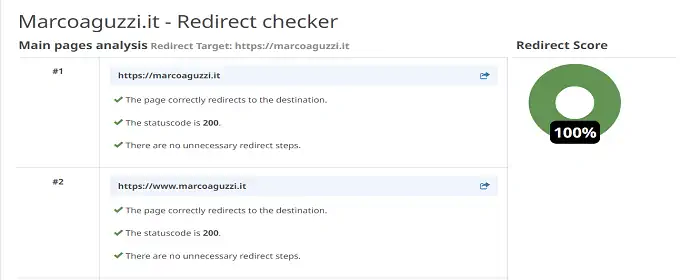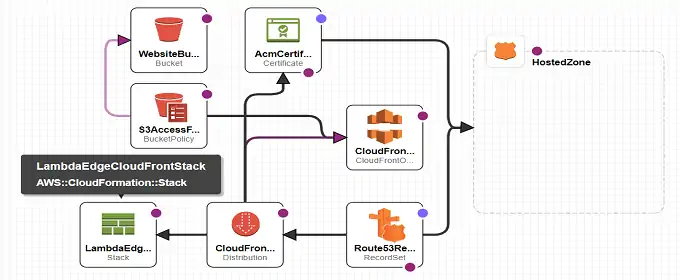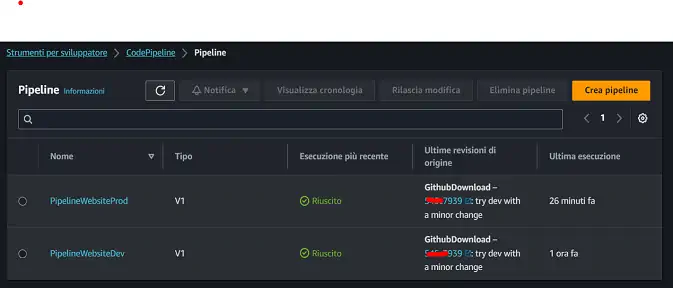SEO optimizations with Cloudformation
Looking (again) at SEO metrics, I wanted to fix two misbehaviors of the website: compression and error pages.
Let’s get through the process:
HTTP compression
This has been an easy one. The SEO tool wanted the site to accept compression, so moving from requesting this (locahost:4000 is the local hexo server where the html rendering is immediately visible):
GET / HTTP/1.1 Host: localhost:4000 Accept-Encoding: gzip, deflate, br
and getting no matching compression to asking for this:
GET / HTTP/1.1 Host: marcoaguzzi.it Accept-Encoding: gzip, deflate, br
and be answered
Content-Encoding: br
which is the confirmation that Brotli compression is enabled.







![Please stop publishing AWS S3 buckets as static websites! Read here for a secure, fast, and free-ish approach [1st episode]](/img/tool-for-static-website/banner_thumb.png)


